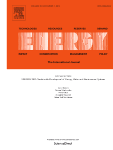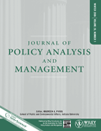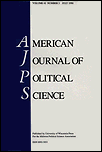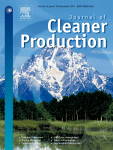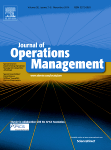Research
Identifying the Factors Which Affect the Decision to Attain ISO 14000
Formally adopted in 1996 by the International Organization of Standardization, ISO 14000 represents a new voluntary international environmental standard, which will likely be adopted by the vast majority of corporations. Its major focus is on the structure, implementation, and maintenance of a formal environmental management system. While the literature is clearly divided in its assessment of ISO 14000, an underlying common theme is that the decision to achieve ISO 14000 certification constitutes a major undertaking for most firms. Such an undertaking, it is argued, does not take place in a vacuum. Rather, it is a response to a number of factors or influences. However, no research to date has empirically identified these factors and explained how they can be leveraged into a competitive advantage. In this article, we use qualitative case studies to identify which factors affect the decision to attain ISO 14000 certification and we also explain how these factors can influence the level of success achieved during the certification process.
Authors
Sime Curkovica, Robert Sroufeb, Steve Melnykc – a Management Department, Haworth College of Business, Western Michigan University, USA;b Operations and Strategic Management Department, The Wallace E. Carroll School of Management, Boston College, USA; c Marketing and Supply Chain Management Department, The Eli Broad Graduate School of Management, Michigan State University, USA
Citation
Curkovic, S., Sroufe, R., Melnyk, S.A. (2005), ‘Identifying the Factors Which Affect the Decision to Attain ISO 14000′, Journal of Energy, Vol. 30, No. 8, pp 1387-1407.

